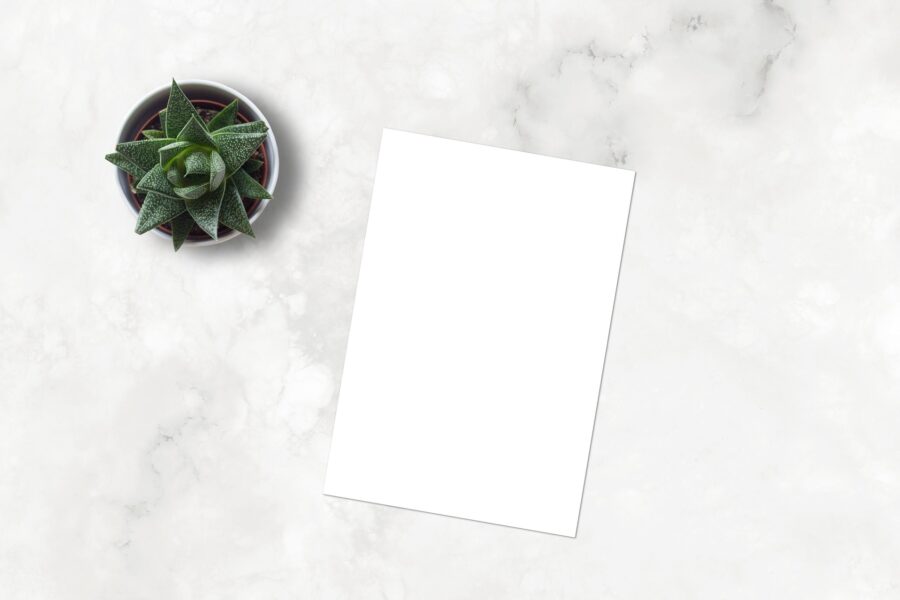4 Tips for Creating a Physical Design Portfolio

Creating a physical design portfolio could be one way to set yourself apart from the competition and make a name for yourself in an age of digital noise. Whether you’re a photographer, graphic designer, illustrator, or something in between, a classic design portfolio is something to consider.
The Power of a Physical Portfolio
Physical design portfolios offer a unique sense of power and influence that simply can’t be replicated in digital portfolios. Here are a few of the perks:
- Cuts through the noise. It used to be that digital portfolios were the differentiator. Today, we’ve reversed course. In today’s landscape of saturated digital content, physical content performs very well. Some might even say it helps you stand out.
- Tangible and tactile. Digital designs can’t be touched. And while most don’t realize it, this creates a slight veil between the creator and the viewer. By printing your designs in a physical portfolio, you create a tactile element. People can touch, hold, and even smell the freshly-printed pages. It becomes a multi-sensory experience.
- Lasting impression. For someone to see your digital portfolio, they have to go looking for the link. With a physical portfolio, they simply reach for a bookshelf or desk and there it is. This empowers them to engage with your portfolio more easily and more frequently. Each time they see it in their office, they can’t help but think of your work.
These are just a few of the benefits. As you can see, having a physical portfolio in a digital world creates a distinct advantage. If you’ve yet to design your own, now’s a great time to explore the idea.
4 Tips for a Compelling Physical Portfolio
Not all physical design portfolios are created equal. Here are a few tips you can use to set yours apart from the pack:
1. Curate the Right Designs
We’ll discuss some of the practical and aesthetic details momentarily, but every good design portfolio begins with the right designs. If you don’t choose your best work, then everything else is pointless.
The right designs is a subjective idea. In addition to picking out your best work, try to show off your versatility by including a variety of styles and mediums. Clients want to know that you can adapt and evolve.
2. Choose the Best Format
How you format your portfolio will dictate how it’s received. In addition to examples of your work, you’ll also benefit from including a short biography, mission statement, professional goals, and contact information. Organizing these elements in a cohesive flow will give you a more powerful tool for persuasion.
3. Select Proper Book Binding
This might sound like an incredibly small detail, but the type of binding you use for your portfolio can have a significant impact on how it’s received. Cheap binding makes your portfolio feel cheap. Stiff binding, on the other hand, makes it difficult to open and view. The key is to select binding that’s both high in quality and flexible enough to allow for a frictionless viewing experience. Perfect bound book binding is arguably the best option for design portfolios and lookbooks.
4. Design a Killer Cover
Your design portfolio cover will get more exposure than any other page in your portfolio. It’s the first thing someone sees (and it’s what they’ll continue to see as long as it sits on their desk). The more intentional you are with your cover design, the better off you’ll be.
The key to a good portfolio cover design is to keep it simple. At the same time, you want it to be reflective of your style and personal brand. It should be easy on the eyes and act as an organic preview of what’s inside. The only goal of the cover is to get people to open it up and look inside.
Adding it All Up
If you want your portfolio to stand out and hit people in the face – in a good way, of course – you need to master the minute details. And though there’s certainly a case to be made for always having a digital portfolio ready, don’t underestimate the punch a physical portfolio packs. When properly executed, it becomes an influential resource in your career.